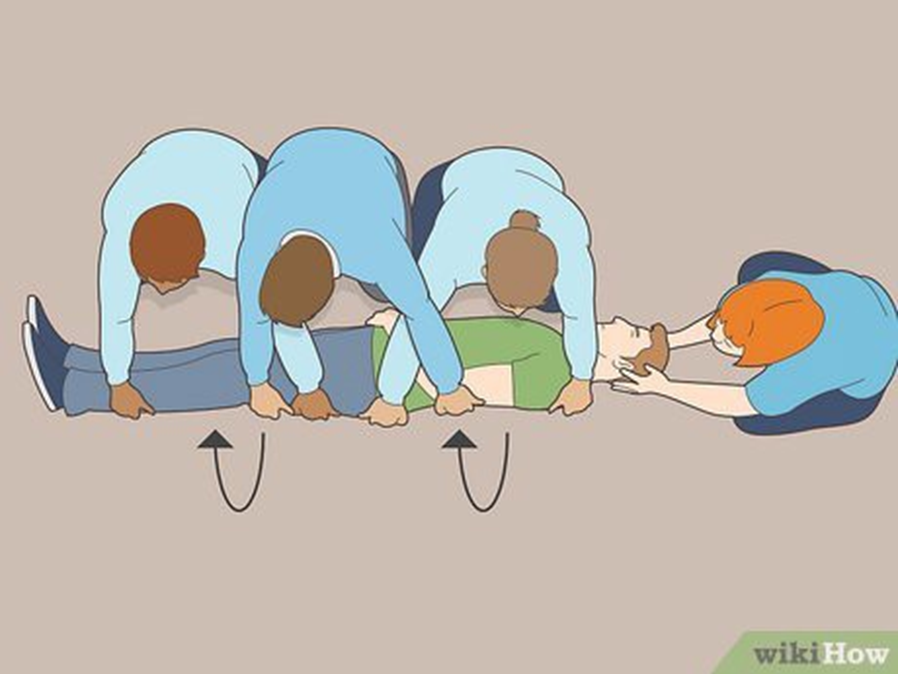A nurse is providing care for a toddler diagnosed with autism spectrum disorder and failure to thrive. What strategy should the nurse employ?
Propose food even if the child shows no interest.
Integrate play activities during meal times.
Establish regular meal times.
Permit a variety of food options.
The Correct Answer is C
Choice A rationale
Proposing food even if the child shows no interest might not be effective. Children with autism spectrum disorder often have specific food preferences and may resist trying new foods.
Choice B rationale
While integrating play activities during meal times can make the experience more enjoyable for some children, it might be distracting for a child with autism spectrum disorder. These children often benefit from a calm, structured environment.
Choice C rationale
Establishing regular meal times can provide a sense of structure and predictability, which can be comforting for children with autism spectrum disorder. Regular meal times can also help ensure that the child is receiving adequate nutrition.
Choice D rationale
Permitting a variety of food options can be beneficial for some children, but children with autism spectrum disorder often have specific food preferences and may resist trying new foods.
Nursing Test Bank
Naxlex Comprehensive Predictor Exams
Related Questions
Correct Answer is D
Explanation
Choice A rationale
Flexing the knees is not the recommended technique when moving a client who is recovering from surgical spinal instrumentation for scoliosis. While it may provide some comfort, it does not provide the necessary support to the spine that is needed during movement.
Choice B rationale
Raising the hips is not the recommended technique when moving a client who is recovering from surgical spinal instrumentation for scoliosis. This action could potentially cause strain or damage to the surgical site.
Choice C rationale
Crossing the arms and legs is not the recommended technique when moving a client who is recovering from surgical spinal instrumentation for scoliosis. This action does not provide the necessary support to the spine during movement.
Choice D rationale
Performing a log roll is the recommended technique when moving a client who is recovering from surgical spinal instrumentation for scoliosis. This technique involves the patient keeping their body in alignment while turning onto their side. It helps to maintain the integrity of the spinal fusion and prevent injury to the surgical site.

Correct Answer is B
Explanation
Choice A rationale
A fecal-fat test is used to measure the body’s ability to break down and absorb fat. It is not a standard diagnostic test for cystic fibrosis (CF)6.
Choice B rationale
A sweat-chloride test is the standard diagnostic test for CF. People with CF have higher than normal levels of sodium and chloride in their sweat, which can make their skin taste salty.
Choice C rationale
A pulmonary-function test measures how well the lungs work and can be used to monitor lung disease in people with CF. However, it is not a standard diagnostic test for CF, especially in a 2- month-old infant.
Choice D rationale
A potassium chloride test is not a standard diagnostic test for CF6.
Whether you are a student looking to ace your exams or a practicing nurse seeking to enhance your expertise , our nursing education contents will empower you with the confidence and competence to make a difference in the lives of patients and become a respected leader in the healthcare field.
Visit Naxlex, invest in your future and unlock endless possibilities with our unparalleled nursing education contents today
Report Wrong Answer on the Current Question
Do you disagree with the answer? If yes, what is your expected answer? Explain.
Kindly be descriptive with the issue you are facing.
